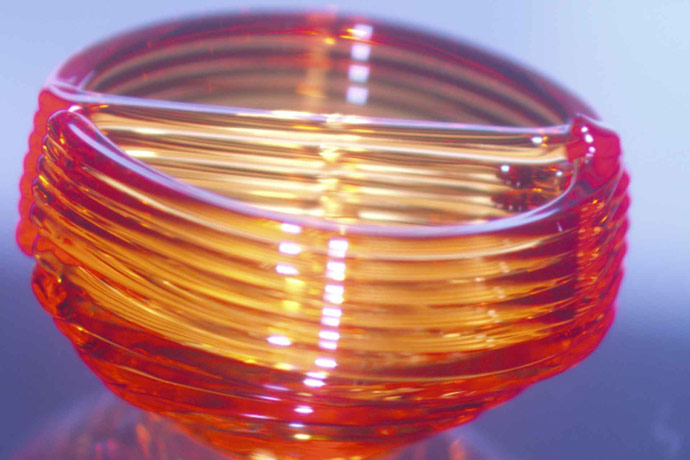3D Printed Human Hearts Could Be Reality Within A Decade
Heart transplants may not require a donor in the near future, thanks in large part to a team of cardiovascular scientists and a 3D printer. Within the next decade, scientist Stuart K. Williams expects to be able to 3D print a full human heart using the heart recipient’s own cells.
“America put a man on the Moon in less than a decade. I said a full decade to provide some wiggle room,” said Williams, the executive and scientific director of the Cardiovascular Innovation Institute (CII) at the University of Louisville, in a recent interview with Wired.co.uk.
Just How Close Are We?
Williams said he and his team of more than 20 scientists have already been able to print a functioning blood vessel, albeit the smallest one found in a human heart. The team has also successfully bioengineered a coronary artery.
The manufactured pieces will be able to seamlessly connect to a patient’s existing tissue matter. Williams went on to explain that his team’s studies show “printed blood vessels will reconnect with the recipient tissue creating new blood flow in the printed tissue.”
Earlier this year, manufacturer Organovo 3D printed a miniature, but functioning, human liver. As of last month, the company has been able to keep a 3D printed liver alive and functioning for up to 40 days, according to an Organovo press release.
Williams believes it might actually be easier to construct a heart than a liver. Whereas a liver has complex cellular processes, a heart is “just a pump with tubes you need to connect.”
The End Goal
Once the procedure is perfected, the team at CII will be able to print an entire heart in just three hours. Valves and the biggest blood vessels would need to be printed separately and added on. After printing, the organ would need about a week to mature before it’s transplant-ready.
The organ recipient would first need to undergo surgery so doctors and scientists could remove some tissue, most likely fat. Regenerative cells would then be extracted from the tissue and combined with a solution before being put into the 3D printer. Then, once the organ is printed and matured, the transplant would occur as usual.
Scientists believe it’s unlikely that the recipient’s body would reject the new heart, as it would be made from the recipient’s own cells.
Williams remains confident in his team, despite monetary restrictions. “Funding is very limited as this is a new area,” he said to Wired.co.uk. “But as bioprinting successes occur the interest will increase and then funding – so many breakthroughs have occurred in this way with a new untested idea that is moved forward with limited resources.”
And although early versions will be costly, the team expects printed hearts to become less expensive once the technology is well-established.










































